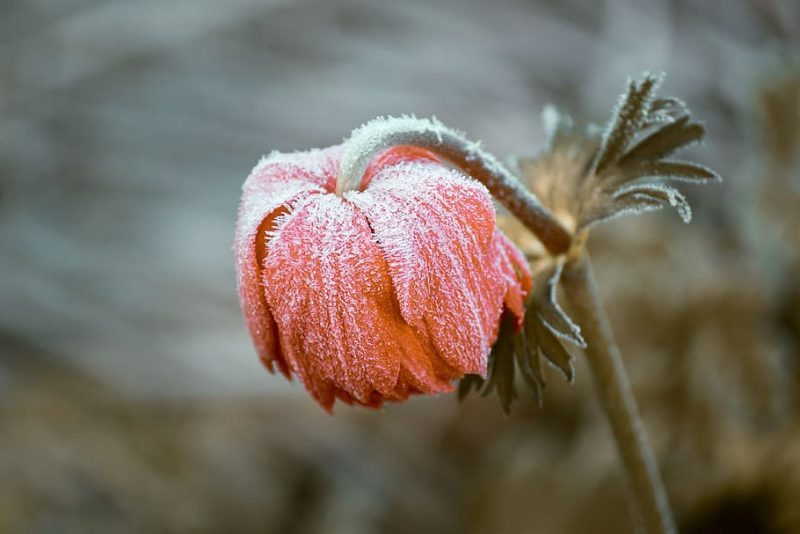By building an evolutionary tree of more than 32,000 species of flowering plants and combining it with frost exposure data and leaf and stem data from thousands of species, a team of scientists has… how plants adapt to the cold As it spread all over the world.
The results, published by ‘Nature’, suggest there are many plants they acquired characteristics that helped them thrive in colder climateslike dying in the winter, long before you first encounter freezing temperatures.
Fossil evidence and reconstructions of past climatic conditions suggest so plants early flowering plants lived in warm tropical environments, explains co-author Jeremy Beaulieu of the National Institute of Mathematics and Biological Synthesis (NIMBioS) at the University of Tennessee in the United States. As plants spread to higher latitudes and altitudes, they developed forms that helped them to cope with cold conditions.


Plants that live in the tundra, such as the Arctic cinquefoil and the three-toed saxifrage, can can withstand winter temperatures below minus 15 degrees Celsius. Unlike animals, most plants cannot move to escape the cold or generate heat to stay warm.
It is not so much the cold, but the ice that causes problems for plantsbecause, for example, freezing and thawing create air bubbles in the internal water transport system of the planta.
How plants adapt to the cold: air frozen in bubbles
“It’s like the air bubbles floating in ice cubes,” says one of the study’s authors, Amy Zanne of George Washington University, as an example. “If a sufficient number of these bubbles collect, when the Thawed water can block the flow of water from the roots to the leaves. and kill the planta« he explains.
The researchers identified three properties that help plants avoid these problems in nature. Some plantssuch as walnuts and oak, They prevent frost damage by dropping their leaves before the winter cold arrives.effectively cutting off the flow of water between the roots and leaves, and growing new leaves and water transport cells when warmer weather returns.
Other plants, such as birch and poplar, also protect themselves by having narrow water transport cellscausing the parts of the planta They transport water that is less susceptible to clogging during freezing and thawing. Others die in winter and their roots sprout again or start growing from seeds as new plants when conditions are right.
When the researchers mapped the leaves they collected and data on the evolutionary tree of flowering plants emerged, they found that many plants were well equipped for frigid climateseven before the cold conditions arrived.
How plants adapt to the cold: they die and are reborn
Las plants for example, those who die in winter have the ability to die and return if conditions improve long before you experience the first freeze. Similarly, species with narrow water transport cells acquired a finer circulatory system before encountering cold climates.
“This suggests that some other environmental pressure, possibly drought, may have caused it plants evolve in this way and come to function very well to tolerate freezing« says Zanne. The only exceptions were plants with deciduous leaves, because they only had the opportunity to drop leaves in winter when they experienced a freeze, Beaulieu adds.

